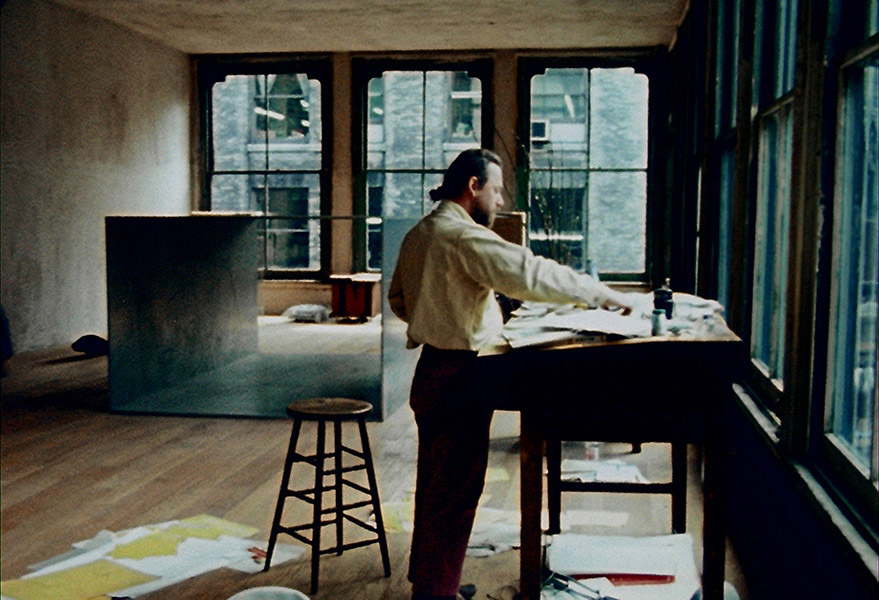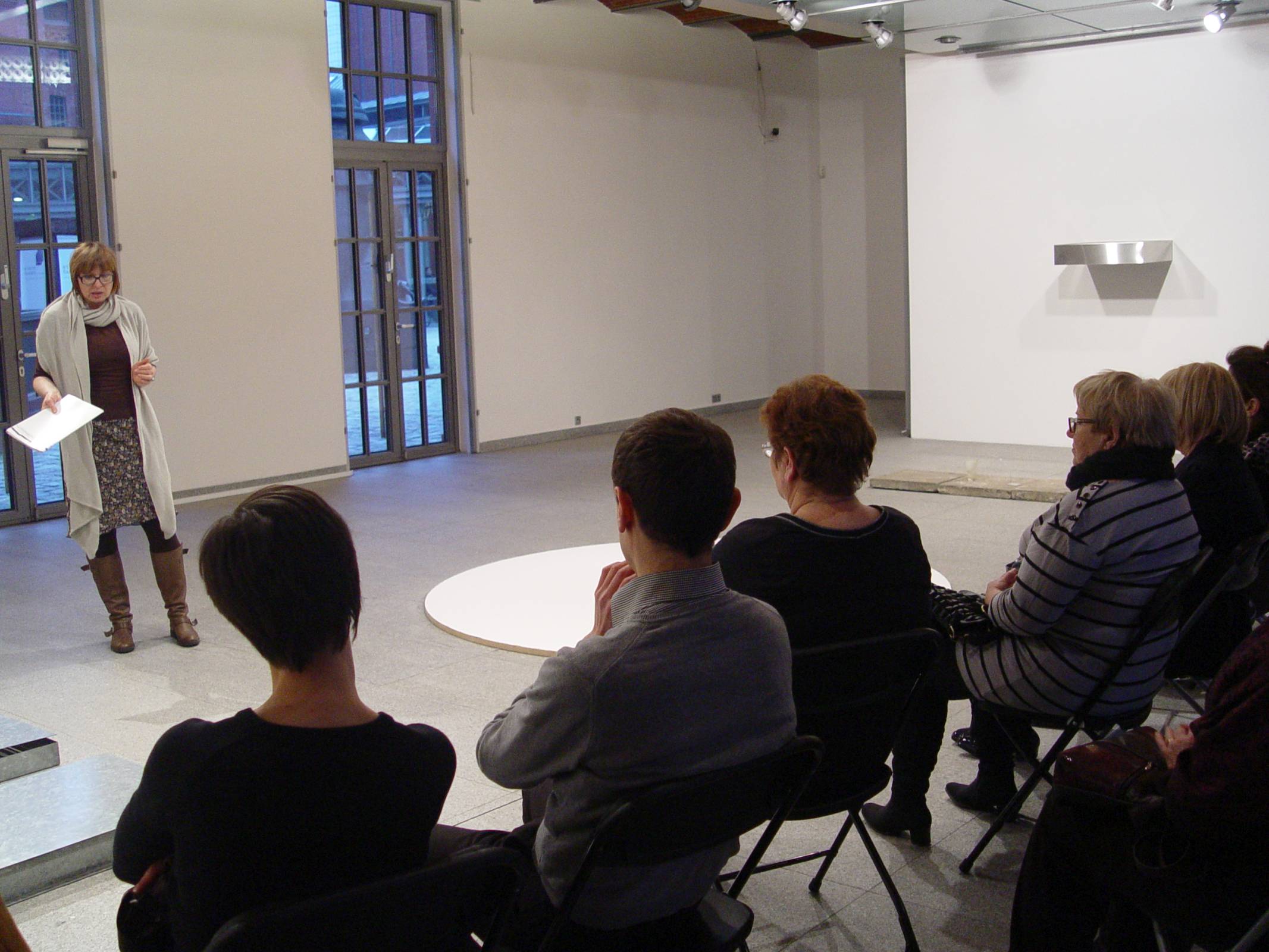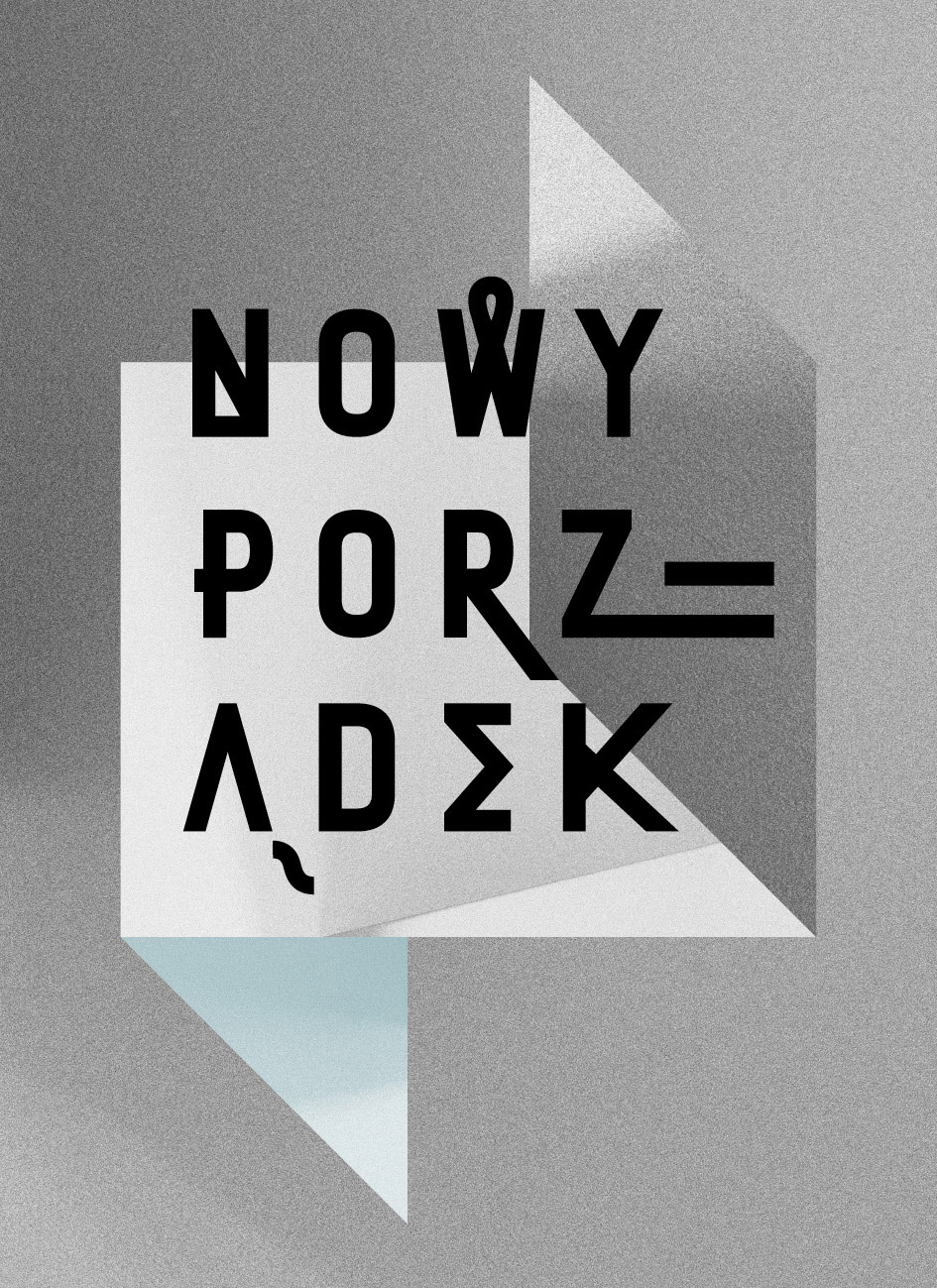The title of the exhibition, “New Order”, is a double-coded term. For one thing, it refers to the new ordering of works from the extensive collection of Grażyna Kulczyk, unarguably the greatest private collector of contemporary art in Poland. Selected elements of the collection have been shown to the public in diverse configurations. This time, as well, only a small part of the holdings was displayed, i.e. works of minimal art and geometric abstraction. This particular selection brings us to the other meaning of the title: “New Order” is a story about art that radically pursued order, that wished to impose it on reality, or sought it there.
The show kicked off with classical works by Donald Judd. Among the most precious items in the collection, never displayed to date, they provide both a starting and a reference point for an exhibition that shows how the tradition of minimal art and geometric abstraction have been referenced and “transformed” in Polish art over the past five decades, right up to the present day. The exhibit was a series of confrontations of classics from the Grażyna Kulczyk Collection (Henryk Stażewski, Roman Opałka, Mikołaj Smoczyński, Mirosław Bałka, Koji Kamoji) with the proposals of artists of the younger generation (e.g. Michał Budny, Agnieszka Kalinowska, Jarosław Fliciński, Katarzyna Przezwańska, Marzena Nowak, Małgorzata Szymankiewicz, Krystian TRUTH Czaplicki).
What was the outcome of these confrontations? What results from them? In brief the realization that young artists reverse the perspective from which we approach minimal art and abstraction. They do not create abstract sets of forms and hues, but rather identify them in reality and transpose them into the realm of art. In this respect, the juxtaposition of Judd and Michał Budny may be the most striking. One of the most recent works by the young Warsaw-based artist is a set of slightly crooked planks installed on a wall, one above the other at regular intervals, imitating a cheap bookcase. While Judd is referred to and reinterpreted, Budny’s approach to minimal art is more elusive and poetic than its canonical American version.
There were more such contrasts in the show. By far the most iconoclastic was the comparison of paintings by Poland’s most eminent abstract painter Henryk Stażewski with works by Jarosław Fliciński and Marzena Nowak. Stażewski’s works remain austere and stripped of any narrative. The younger generation applies a subversive approach to this legacy: Fliciński transposes patterns he finds on tourist blankets onto large-sized canvases, while Nowak arranges abstract installations out of hula hoops.
The fundamental subject of minimal art has always been the relation between the viewer and space, and the way in which a given work influences the perception of its immediate surroundings. Small wonder that in its successive re-interpretations, the language of minimal art began to be used by artists to tell stories about intimate spaces. A case in point in the Grażyna Kulczyk Collection is a sculpture by Mirosław Bałka, a narrative and minimal work related to the theme of the home, the place where one grows up. The same theme keeps recurring in works by younger artists. Home and objects remembered from it inspired both Agnieszka Kalinowska and Michał Budny.
Another theme is art as a temporary trace left by an artist within a specific space, a means for taking control of or even conquering it. In the Grażyna Kulczyk Collection, this kind of thinking was represented e.g. by the documentation of Mikołaj Smoczyński’s actions. In the younger generation, a similar strategy is continued by Jarosław Fliciński (his technique of working on walls is a direct reference to Smoczyński’s original painting projects) and TRUTH.
And so on, and so forth. The impact of minimal art and geometric abstraction on young Polish art is substantial, yet this seems to be insufficiently recognised by critics. While the achievements of Budny, Nowak or Fliciński should quite naturally be interlinked, the artists’ works have never appeared next to one another within a single space. Likewise, rarely have they been confronted with the classics of the movement. The exhibition being held by the Art Stations Foundation provided an opportunity to make up for the somewhat surprising arrears in this respect.





















